

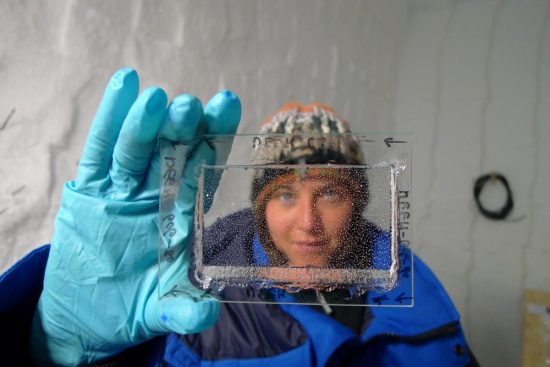
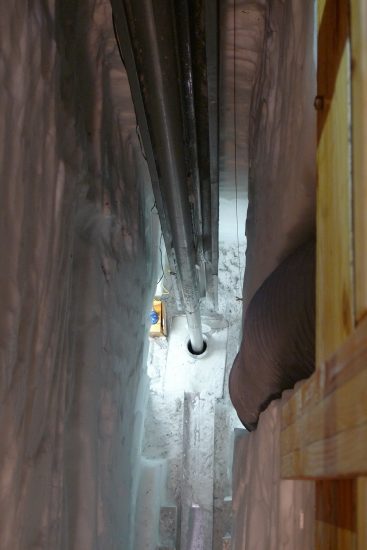
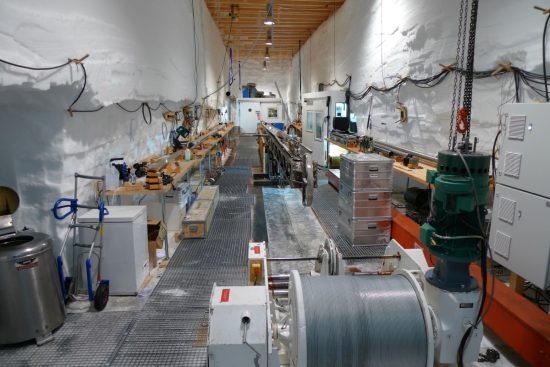
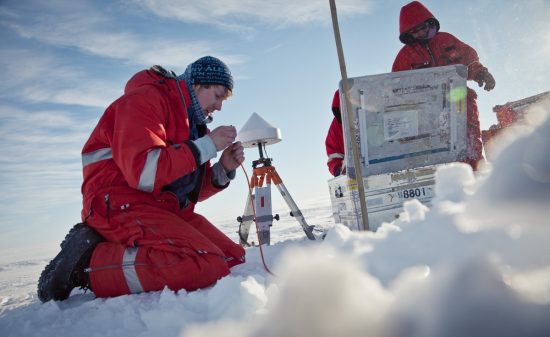
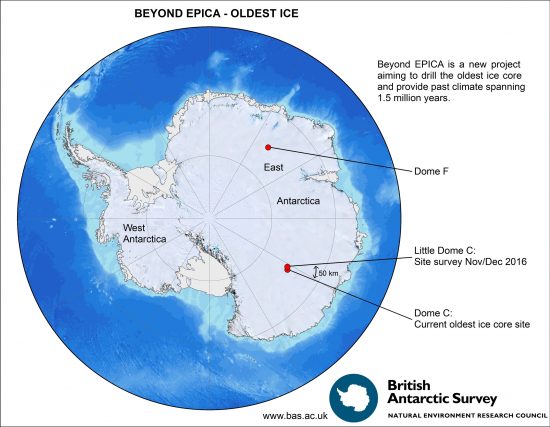
Ice cores show glimpse of composition of atmosphere in the past
In Antarctic, ice and climate scientists from 14 institutions in ten
European countries are on a quest to find the oldest ice on Earth. To
do this, they have to determine the location where an ice core should
be drilled so as to extract ice that is the oldest in the planet's
history. If they succeed, they would be able to improve prognoses for
our future climate by decoding the processes in Earth’s climatic past.
This project, called “Beyond EPICA – Oldest Ice” (BE-OI), is
coordinated by the Alfred Wegener Institute, Helmholtz Center for Polar
and Marine Research (AWI) and funded by the EU at a cost of 2.2 million
Euros.
Simply put, the goal of BE-OI is to find ice that is 1.5 million years
old.
Currently, our oldest ice core dates back 800,000 years. Since
such cores contain tiny bubbles trapped in the ice, scientists can use
the air inside the bubbles to deduce the composition of the atmosphere
at that time.
According to Prof Olaf Eisen, a glaciologist at the AWI,
“we do not know why there was a change in the glacial-interglacial
periodicity 900,000 to 1,200,000 years ago.”
Prior to the so-called mid-Pleistocene transition, glacial and
interglacial periods alternated approximately every 40,000 years. Since
then, this period lasted about 100,000 years.
Our knowledge of this is
derived from current sediment cores, which lack atmospheric gases. “We
cannot dedicatedly investigate the role of the greenhouse gases,
because we do not have suitable samples,” said Prof Frank Wilhelms,
another AWI glaciologist.
The current project includes geophysical measurements, rapid drilling
technologies and on-site age determination of the ice. Additionally,
the necessary drilling technologies will be developed further and
tested.
The first hands-on work will be starting soon as AWI
glaciologists and European BE-OI partners investigate the ice sheets’
thickness, physical properties and the topography of the underlying
bedrock at two different locatons both from the air and on the ground.
The ice thickness is only a preliminary indication of the age, as
different snow loads and flow behaviour also affect the thickness of
the ice.
During the ground programme, the researchers would concurrently measure
the accumulation of snow and use new technologies, to drill boreholes
and determine temperatures.
“During previous studies, we determined key
regions where we expect the oldest continuous ice record on Earth,”
said Prof Olaf Eisen.
“Now we have to prove this and it is important that we learn as much as
possible about deposition processes and the composition of the ice,” he
continued.
See here for more information
 Mares
Mares 21st November 2016
21st November 2016